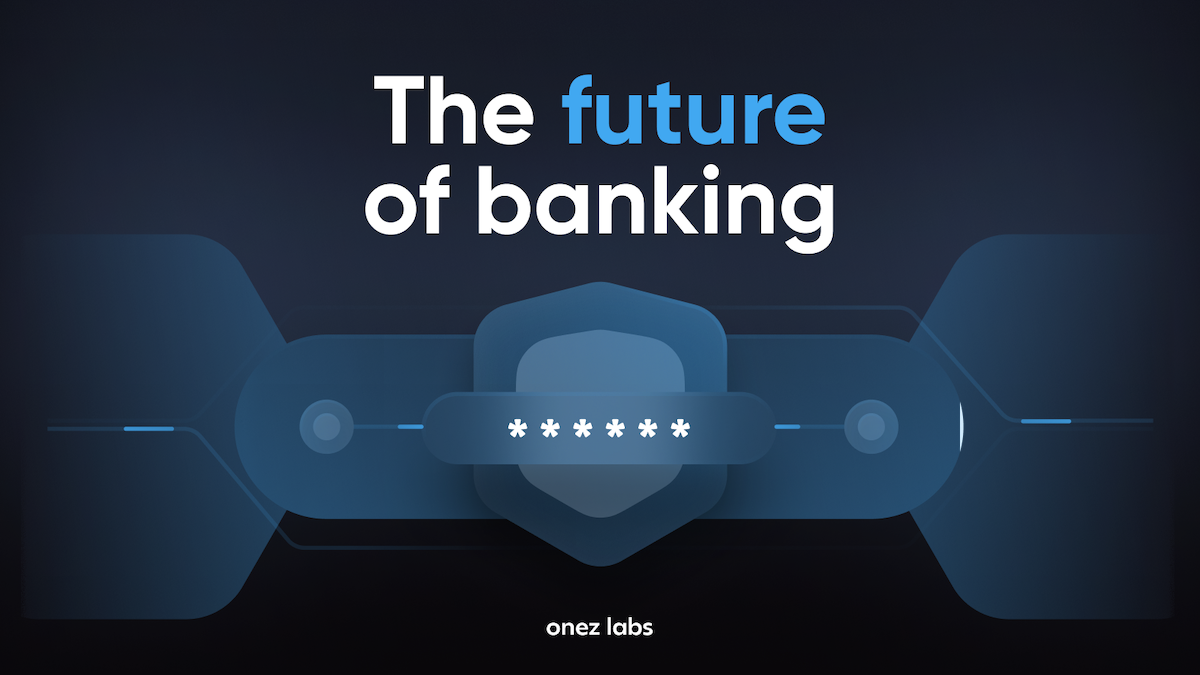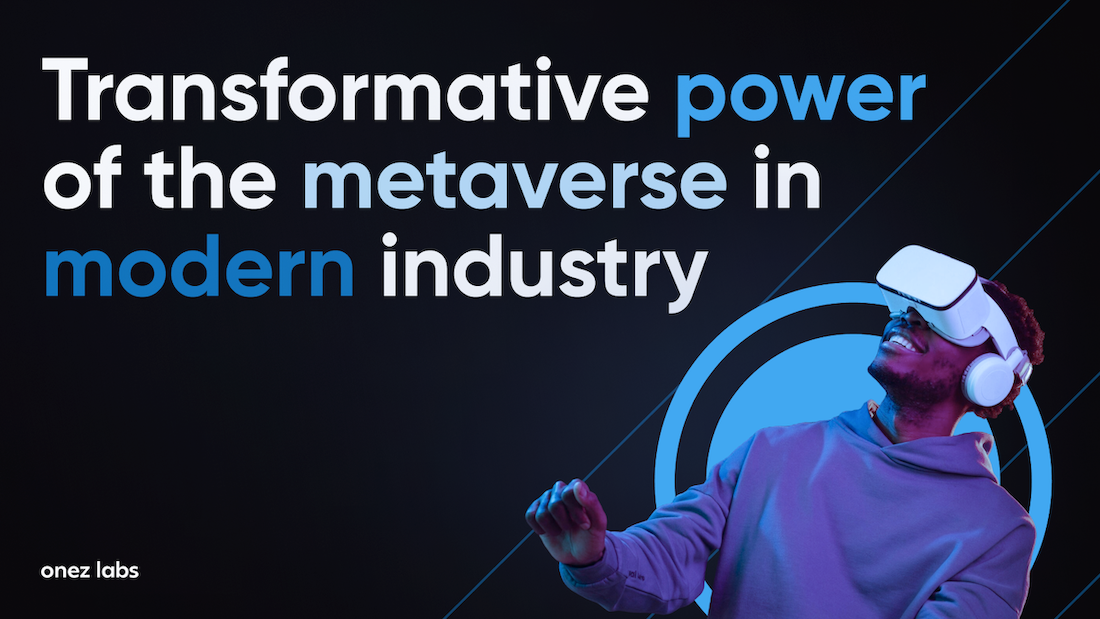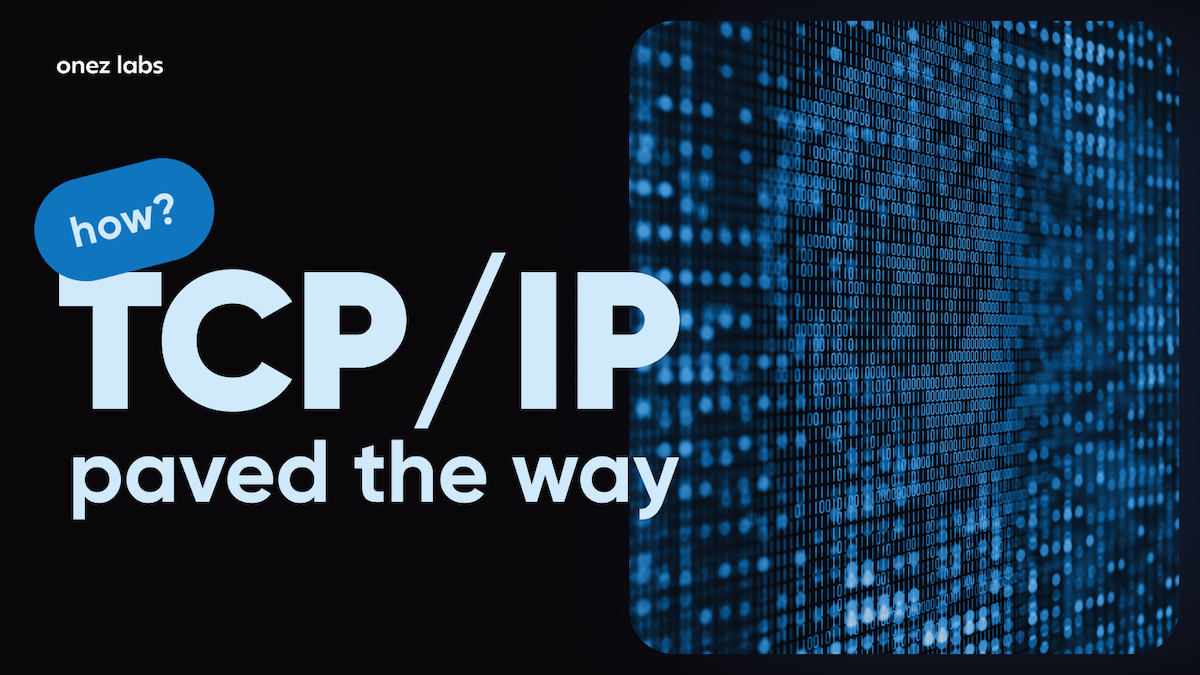Table of Contents
- What is Web3 business
- The importance of Web3 for business
- Examples of successful Web3 businesses
- Earning revenue in Web3 business
- Onez.io solution for Web3 startups
- Impact of Blockchain on Web3 Startup Success: Quick tip; What is Blockchain?
- Summary of the main points and emphasizing the role of blockchain in Web3 business expansion.
- FAQ
Blockchain technology has changed how Web3 startups work these days. Let’s take a closer look at how Web3 businesses, like Onez ,use innovative blockchain tech solutions to help startup companies with user-friendly tools. They’re making complex tech simpler, giving Web3 businesses quick access to build a Blockchain service/product without the need of coding it from scratch. So that companies can use blockchain easily. onez.io solution shows how blockchain impacts Web3 startups, bringing new and quick success in the digital economy. Now pay attention let’s find out what web3 businesses is and how they function
What is Web3 business
With blockchain technology at its center, Web3 is the development of the internet. By making sure that users cooperatively run the site, without the need of a middlemen.the nature of it’s decentralized design promotes a sense of shared control among everyone.
To improve technological accessibility is Web3’s main objective. by Focusing on a user-friendly interface, Speeding up the onboarding process, and providing overall better experiences. The goal of web3 is to increase the accessibility of blockchain technology for a larger group of people.
Nevertheless, Web3 is all about making the internet more inclusive and changing how things work. Its purpose is to make blockchain technology less confusing by using simple designs, easy sign-up steps, and better user experiences. Which will make it easier and friendlier for many different people to use.
The importance of Web3 for business
Web3 is important for businesses because it makes financial processes easier. It cuts down costs, especially for payments. When companies use Web3 for transactions, they spend less on processing and changing currencies. This means they keep more money for themselves, making Web3 a useful tool for businesses dealing with a large amount of money.
Web3 helps industries by improving security and confidence, making a big positive impact. It goes towards empowering consumers and users, creating a mutual benefit. Key concepts are cutting costs, reducing steps, and effectively boosting efficiency. This strategy forms a relationship where both users and companies gain from Web3’s decentralized, clear and effective system, providing a safer business environment. Essentially, using Web3 brings a big change with the potential to improve how industries operate.
Web3’s impact spreads across supply chain management, digital identity verification, and decentralized markets. Its main benefits include scalability and improved performance, making Web3 a powerful force for progress in the industry. Web3 is like a transformative force by revolutionizing finance and digital domains within the industry.
Examples of successful Web3 businesses
Successful Web3 businesses are those that Flourish in the decentralized and blockchain-powered ecosystem. They include platforms like OpenSea and Crypto.com, while in the NFT and crypto space, as well as projects like Polygon that contribute to blockchain scalability. giant Companies like Alchemy, Binance, and Chainalysis. These companies also succeed in providing infrastructure and services within the Web3 ecosystem. They show the new ideas and impact of Web3 technology in different areas.
Today Several successful Web3 businesses have appeared, using blockchain and decentralized principles to offer different solutions.
Now let’s take a closer look at some real-world examples to see the practical magic of Web 3.0.
Here are some real-world examples of web3 applications:
- Bitcoin: The original digital currency that operates on a decentralized protocol.
- Diaspora: A nonprofit social network that’s decentralized, giving users more control over their data.
- Steemit: A blockchain-based platform for blogging and socializing, offering rewards to content creators.
- Augur: A decentralized exchange trading market, allowing users to predict and trade on future events.
- OpenSea: A marketplace for buying and selling NFTs (Non-Fungible Tokens), using the Ethereum blockchain for authenticity.
- Sapien: Another decentralized social network, built on Ethereum, promoting user privacy and control.
- Uniswap: A decentralized cryptocurrency exchange, providing users with direct control over their funds.
- Everledger: A blockchain-based platform ensuring transparency in supply chain, provenance, and authenticity.
In essence, these Web3 infrastructures provide lots of benefits in different ways, and also change how we use the internet and technology.
Earning revenue in Web3 business
Earning revenue in a Web3 business involves generating income through decentralized and blockchain-based models, usually through activities like cryptocurrency transactions, decentralized finance (DeFi), NFT sales, or other innovative methods within the Web3 ecosystem.
10 straightforward ways to earn money with web3, from different online sources:
- NFTs: for Selling unique digital items.
- Data Monetization: Make money from your data.
- Metaverse Activities: Engage in virtual world ventures.
- Sell Tokens: Trade digital assets.
- Advertising: Earn through online promotions.
- Content Creation: Make money by creating online content.
- Creator Economy: Participate in the creator-driven market.
- Cryptocurrencies: Invest and trade in digital currencies.
- Video Games: Profit from gaming activities.
- Financial Transactions: Benefit from decentralized credit.
So basically these are ways to earn money in the growing decentralized web environment.
Onez.io solution for Web3 startups
How onez.io gives businesses and startups a free ticket to becoming a full time web3 entrepreneur.
These days, a lot of tech-savvy individuals want to break into the tech industry but don’t know how. They think that without coding skills, one can’t operate a decentralized business. First things first, gain the basic knowledge of how web3 businesses work, then arrow onez.io to provide you with an already made Blockchain infrastructure.
You can start your Web3 business journey with ease using onez.io technology- your ticket to becoming a successful Blockchain entrepreneur. Onez core purpose is to help startups Grow in the future by offering advanced blockchain solutions. onez.io leads business through the decentralized web environment” making it simple for anyone to become a digital entrepreneur. onez.io focuses on making Web3 easy to understand, so businesses and startups can Easily find their goal in this exciting space. With the onez.io solution, startups don’t have to worry about the technical development of the product, especially if they don’t have any coding skill. This initiative called onez.io, provides web3 businesses and startups with already made Blockchain platforms that can be rebranded and can be used for different purposes.
Choose onez.io for easy startup solutions. Our ready-made blockchain platforms are ready to use and customizable, giving startups a quick way to begin their journey without long development times. Which means a fast and smooth process to bring the power of blockchain into operations, matching the speed of changes in the digital space.
At onez.io, we do more than give solutions. We’re here to help startups and businesses with the latest blockchain services and smart strategies. We don’t just provide tools; we’re your partners in facing challenges and making the most of opportunities in the industry. With onez.io, startups can shine in this competitive Web3 space, our priority is to help startups stay distinctive, setting up for success now and in the future because it’s always a-changing digital world. Refer here to read more about onez.io
Impact of Blockchain on Web3 Startup Success: Quick tip; What is Blockchain?
Blockchain is a digital ledger that records transactions securely. It’s like a chain of connected blocks, where each block contains information, and once added, it’s hard to change. This makes it reliable for different applications, like secure transactions and keeping a transparent record of events.
Web 3.0 is like the trendy newcomer in industry. Though it has been around since 2014. The credit goes to blockchain technology. This tech is changing how we actually think things work, especially in the financial sector. Blockchains I would say is the game-changer here, because it’s making cross-border payments a breeze with the capability to keep things running smoothly 24/7. It’s not just about making transactions easier – it’s about reimagining how we do banking in the digital age. Web 3.0 and blockchain are teaming up to not only revolutionize businesses but also give finance a whole new look with seamless transactions and non-stop operations that blow traditional systems out of the water. No doubt this technology will completely change how digital finance works.
Meanwhile some banks today are heavily utilizing Blockchain solutions.
Here are 5 examples of blockchain in banking:
JPMorgan Chase: Launched Quorum, a private blockchain, improving privacy, security, and scalability. Developed Interbank Information Network for efficient information sharing and compliance resolution. Reduced settlement time from three days to a few hours for repo transactions, cutting risks and boosting transparency. Achieved up to 75% efficiency gains in payment settlement and KYC processes.
Goldman Sachs: Leveraging blockchain for quick settlement of securities transactions, reducing counterparty risk. Employed Komgo platform to minimize fraud and errors in trade finance. Investigated blockchain in futures trading, joined R3 consortium, and explored cryptocurrency trading services. Actively invested in 10 startups and submitted patents, emphasizing commitment to blockchain technology.
HSBC: Implemented blockchain to enhance efficiency, transparency, and reduce costs. Utilized Voltron platform for real-time trade information sharing, reducing reliance on physical documents. Employed FX Everywhere for real-time settlement of FX trades, resulting in faster transactions and lower costs. Explored new areas like supply chain finance and digital identity verification in blockchain development.
Swedish Central Bank and E-Krona: Experimenting with e-krona, a digital currency, using Corda distributed ledger technology. Collaborated with Riksbank and Handelsbanken for potential public availability of the first digital central bank-issued money. Keenly observing China’s digital currency trial and anticipating future improvements.
These banks show different applications of blockchain, Stressing improved processes, reduced risks, and increased transparency. Many other global banks are also adopting blockchain for different purposes.
Web 3.0, is where users can experience a wide range of awesome benefits thanks to the power of blockchain technology. One of the coolest things about this new era is the concept of digital ownership, which means that people actually can own their internet assets. This is made possible through non-fungible tokens (NFTs), which open up opportunities for exclusive loyalty programs that make users feel special and engaged.
Blockchain is at the core of this innovative movement, with its ability to provide a rock-solid security foundation for everyone involved. By using advanced cryptography techniques, to strengthen data and transactions, and creating an impenetrable shield against unauthorized access and cyber threats. The decentralized design of the blockchain network adds an extra layer of security by getting rid of the risks linked to single points of failure. As we all know blockchain can be considered as the protector of a safe, decentralized digital environment. Trust is key in this space, and data is a precious commodity. Blockchain serves as a safeguard, providing a secure digital environment where individuals and businesses can confidently operate, knowing fully well that their transactions and data are protected by strong security measures Incorporated into the decentralized framework of Web3.
Summary of the main points and emphasizing the role of blockchain in Web3 business expansion.
The importance of Web3 for businesses becomes Clear as it facilitates smoother financial processes, reducing costs, especially in transactions. This is particularly beneficial for industries looking to Improve security, instill confidence, and empower both consumers and users in a mutually beneficial relationship. The key principles of Web3 include cutting costs, streamlining processes, and boosting efficiency, always encouraging a secure business environment. Web3’s impact grows to many sectors, including supply chain management, digital identity verification, decentralized markets, and financial transactions. Blockchain’s role in Web3 startup success is transformative, introducing scalability, improved performance, and innovative solutions that redefine industry standards. Web3’s influence is shown by successful businesses like OpenSea and Crypto.com, showing the adaptability and impact of blockchain technology in different applications.
The core objective of Web3 is to Encourage Inclusion, concentrating on a user-friendly interface, Sped up onboarding processes, and overall to Improve user experiences. The aim is to make web3 accessible for everyone with an internet connection. making sure a more Wide and Varied user base can engage with the growing digital ecosystem.
FAQ
Web3 in simple terms?
Web3, also known as the third era of the internet, is all about decentralization and advanced technologies like blockchain. Which means people will be connected through a decentralized network, and they’ll have control over their own data. it doesn’t rely on any central authority.
What would Web3 be used for
Web 3.0, with its open-source method, means websites and platforms will be built using freely available software. It’s trustless, meaning people will rely on Zero Trust for security, and protection will stretch to the network’s edges. Additionally, it’s distributed, allowing devices, users, and services to interact without needing approval from a central authority.
What is Web3 in real life example?
Imagine using Web 3.0 in social media: Instead of a central company owning and controlling your data, web3’s decentralized nature will allow you to own and control your information. You share posts and connect with others without relying on any company’s approval, which makes the experience more open, secure, and user-centric.
How do I get into Web3?
To get into Web 3.0, start with online courses, participate in hackathons, volunteer for DAOs (Decentralized Autonomous Organizations) you could even work on personal projects. Consider joining developer bootcamps like Consensys Academy and Chainshot, which gives focused training. You don’t have to be a blockchain expert right away; these steps will help you gradually become familiar with Web 3.0 technologies.



